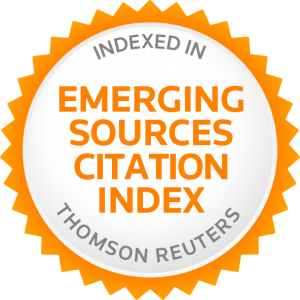STATE EVENTUALITIES AND ASPECT MARKER LE IN CHINESE
Jung-hsing Chang
This paper discusses why the aspect marker le in Chinese has been analyzed in many different ways in previous studies when occurring with stage-level states, and argues that it does not shift the given state into an activity or an achievement, as suggested by Smith (1997) and Szeto (1988). In addition, this paper proposes that the aspect marker le, when occurring with stage-level states, is able to evoke a boundary, to which the adverbial chabuduo/jihu almost' can make reference. Because the boundary of an individual-level state is usually not evoked, the occurrence of an individual-level state with the adverbial chabuduo/jihu 'almost' is impossible.



